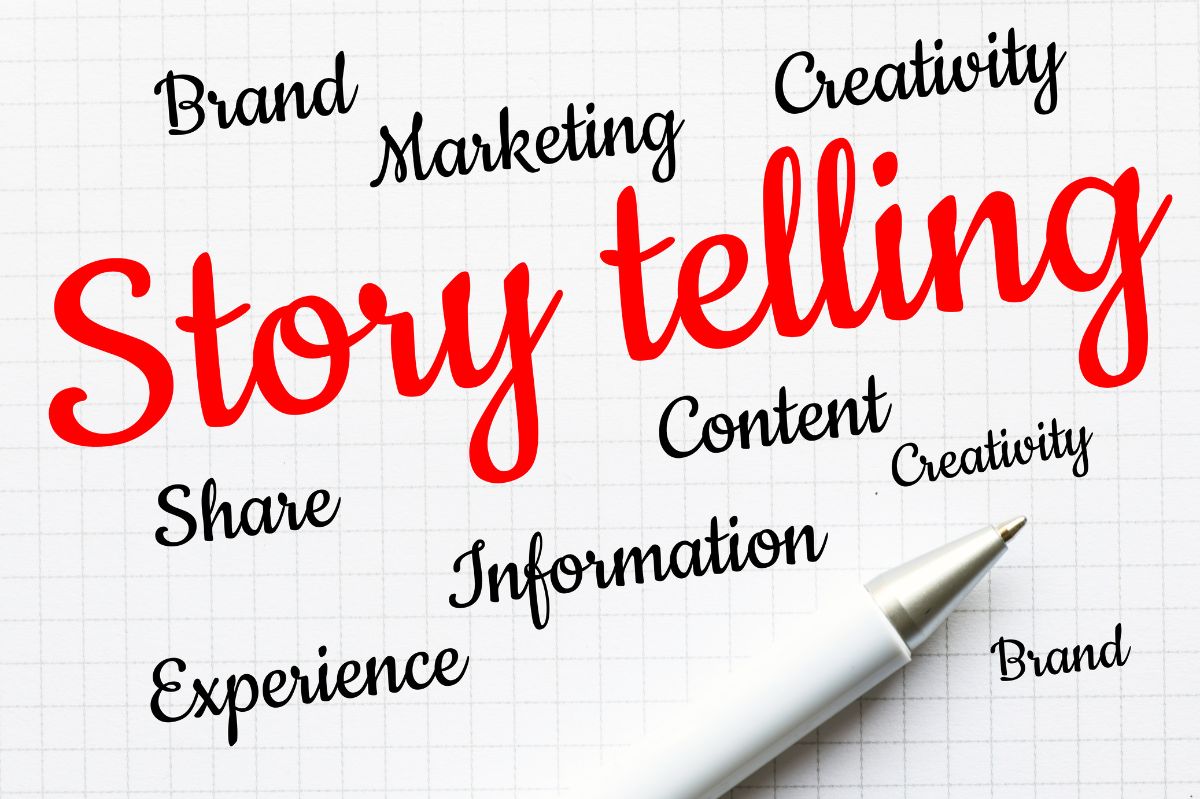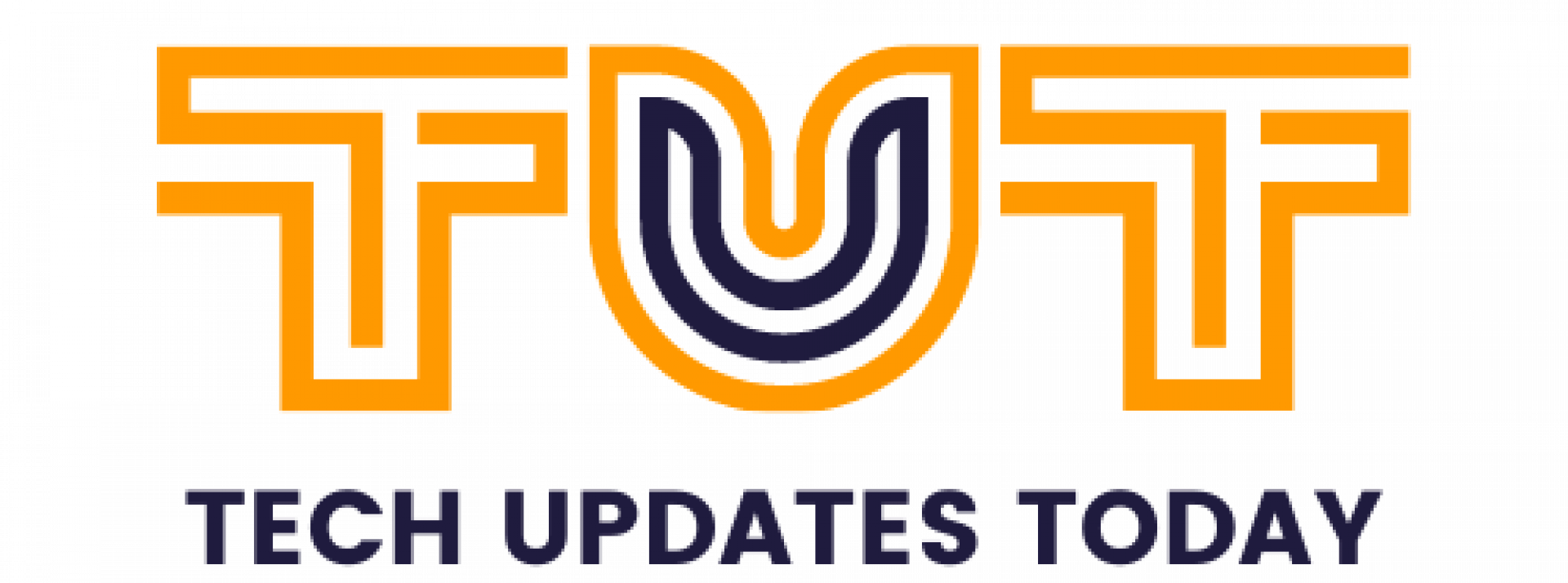The Power Of Storytelling. Once Upon a Time, There Was a Brand…

If the narrative approach is well established in the advertising sector, in its specificity, and in the corporate field, digital storytelling is in its infancy. Yet with the arrival of the internet, the effect of traditional advertising on people’s lives has changed.
It has weakened. The push approach of advertising works less and less in a digital world in which, through the network and social networks, the “person” is at the center and manages their “information diet.”
effective content
The secret to attracting the attention of the new type of audience, users, is to work on effective content.
The brand’s main concern no longer has to be itself. The brand’s task is to bring its values to life, to narrate itself, always having in mind its interlocutor: people. Faced with a type of consumer 2.0, the one (all) present also on digital, people should be the main thought of the brand.
Get into the character and into the people.
From the moment the brand enters the conversation, it is committed to building its autobiography together with the people it has a relationship with and from whom this autobiography will need to be shared. This is why storytelling is fundamental in the life of the brand: this is how its values acquire meaning and meaning in people’s lives.
One of the most exemplary cases of Corporate Storytelling is the campaign that Gillette launched this October, Bond Moments. The evocative and poetic words of Ian Fleming, author of James Bond, accompany the whole campaign, scheduled on TV, print, and online.
A campaign that celebrates moments in a man’s life when he feels irresistible and confident, allowing the viewer-user to identify themselves in what they see and experience it personally, associating the James Bond icon with your brand in a winning (and permanent) way. More than “Bond,” a campaign that says: “My name is Gillette.”
The secret to attracting the attention of the new type of audience, users, is to work on effective content.
But what is the most effective type of storytelling for the Web?
Many versions can be created and adapted when it comes to telling a story for the Web. But what best suits the Web is undoubtedly multimedia storytelling. Because when the power of the image is combined with that of the word and sound, the result is truly sensational. All: from “television” history to “printed” history.
An evolution of classic storytelling: videos, images, text, and audio, all wisely aimed at transmitting a feeling, an emotion. A real interactive narration that involves the user, who, even before being a spectator, must be the protagonist. At the basis, there must be the idea of a non-linear narrative in which the viewer-user becomes a fundamental node and feels he is. All the elements of the story are there, in the most disparate forms, but the power to put them together is in his hands.
The resources of digital are infinite, and you need to make the most of them increase the range and reach of effective but often forgotten or underestimated means, such as storytelling. The most effective, less invasive, and more “pleasant” tool for brand communication is a less institutional and more narrative marketing concept.
Also Read : The Value Of Time In The Era Of Digital Culture
